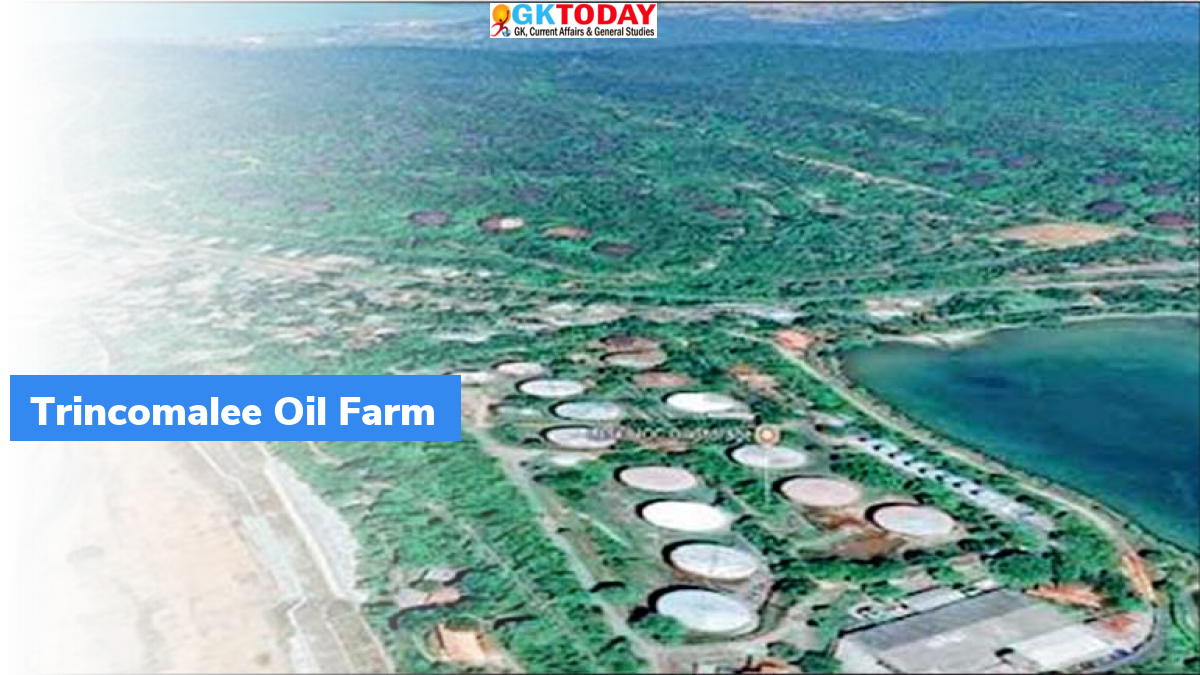Trincomalee Oil Tank Deal- Updates
Sri Lankan Cabinet has given its approval to a new deal with India, announced by the energy minister, for jointly developing the Trincomalee oil tank farm.
Key Facts
- Ministers have nod to proposal presented by Minister of Power for allocating:
- 24 oil tanks for business activities of the Ceylon Petroleum Corporation
- 14 tanks of the Lower Oil Tank Complex, which are already in use by Lanka IOC for the business activities of company.
- Cabinet also gave nod for implementing a development project by a company called Trinco Petroleum Terminal Pvt. Ltd. of remaining 61 tanks. 51% of the project will be owned by Ceylon Petroleum Corporation while 49% by Lanka IOC.
Why this deal is historic?
This deal is historic, because it is a 35-year-old agreement. The agreement made during the exchange of letters between then Prime Minister Rajiv Gandhi and Sri Lankan President J R Jayewarndene. The agreement was part of annexure to India-Sri Lanka Accord of July 29, 1987. Under the agreement, Indian and Sri Lankan company had to develop the tank farm jointly.
Why Trincomalee is significant to India?
Trincomalee is significant because:
- It is a pre-WWII era oil storage facility, having the capacity of around 1 million tonnes.
- The oil farm has a strategic Location in the Indian Ocean. It is located inland from China Bay. The facility was meant to be serviced by natural harbour at Trincomalee.
- The oil firm is easily accessible to India. It is nearest port to Chennai.
- It is a significant counterbalance to southern Hambantota Port, which is backed by China.
About Indo-Lanka Accord
This accord is popularly called as the Rajiv-Jayewardene Accord. It was signed in 1987 in the light of Civil War in Sri Lanka. The accord seeks to balance India’s strategic interests, Tamil minority rights in Sri Lanka as well as interest of people of Indian origin in Sri Lanka.
Month: Current Affairs - January, 2022
Category: International / World Current Affairs


